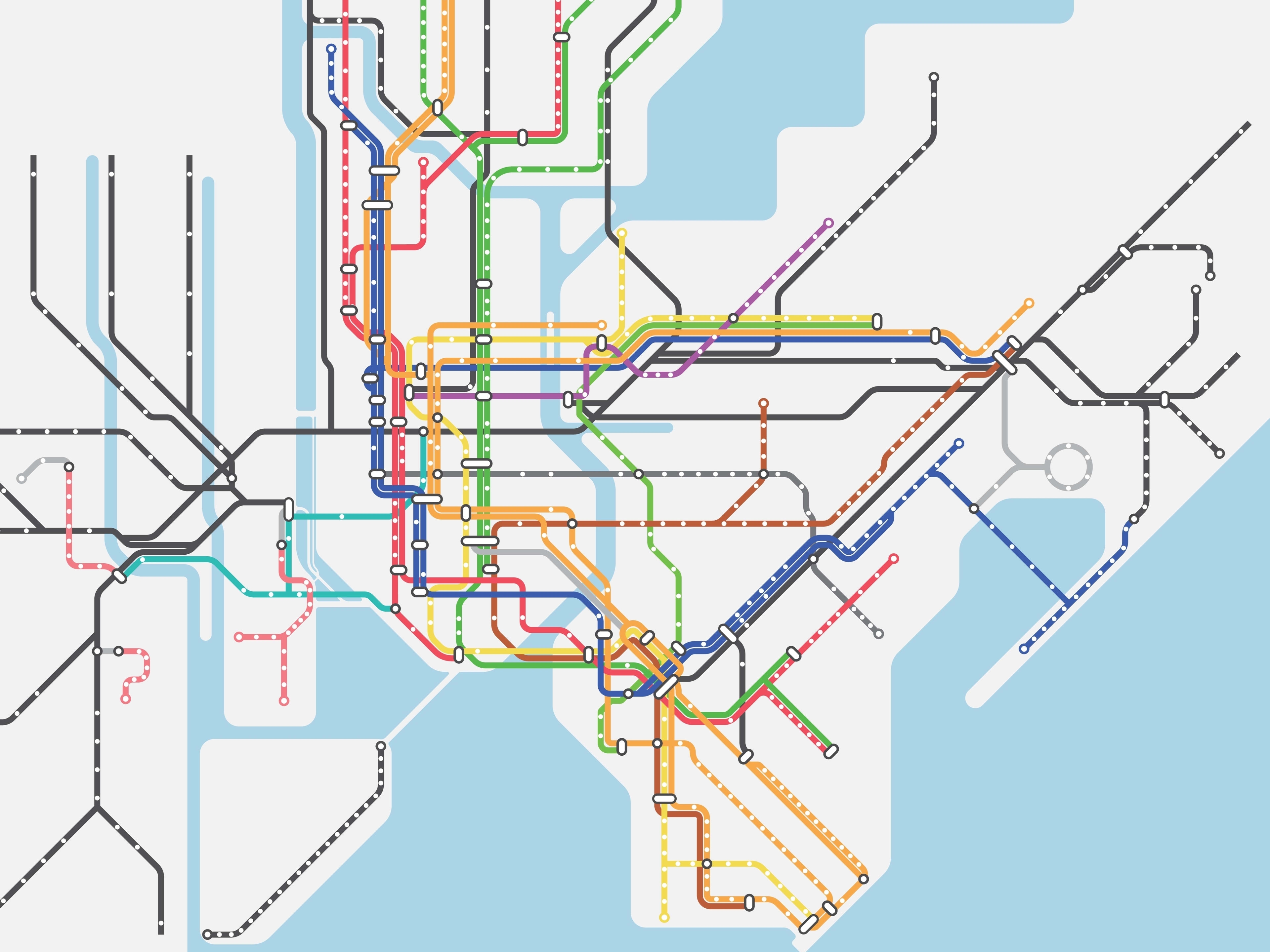Understanding Peak vs. Off-Peak Subway Travel Times in New York
Navigating the New York City subway system can be a daunting task, especially for newcomers or occasional visitors. One of the key factors that can significantly impact your travel experience is the timing of your journey. Understanding the difference between peak and off-peak travel times can help you plan your trips more efficiently, save time, and even reduce stress.
What Are Peak and Off-Peak Hours?
In the context of the New York City subway, peak hours refer to the times when the subway is most crowded. Typically, these are the hours when people are commuting to and from work. In general, peak hours are from 7:00 AM to 10:00 AM and from 4:00 PM to 7:00 PM on weekdays. During these times, trains are more frequent to accommodate the higher number of passengers, but they are also more crowded, which can lead to a less comfortable travel experience.
Off-peak hours, on the other hand, are the times when the subway is less crowded. These include midday hours, late evenings, and weekends. During off-peak times, trains may run less frequently, but you are more likely to find a seat and have a more relaxed journey. Understanding these time frames can help you decide when to travel based on your priorities, whether it’s speed, comfort, or convenience.
Benefits of Traveling During Off-Peak Hours
Traveling during off-peak hours offers several advantages. First and foremost, you are likely to encounter fewer crowds, which means a more comfortable ride. You are more likely to find a seat, and the overall atmosphere is generally less hectic. This can be particularly beneficial if you are traveling with luggage, children, or simply prefer a quieter environment.
Another advantage is the potential for a quicker journey. While trains may run less frequently during off-peak times, they often make fewer stops due to the reduced number of passengers boarding and alighting. This can sometimes result in a faster trip compared to peak hours when trains may be delayed due to overcrowding.
Additionally, if you are a tourist or someone with a flexible schedule, traveling during off-peak hours can allow you to explore the city at a more leisurely pace. You can avoid the rush and take your time visiting attractions, dining, or shopping without the stress of navigating through large crowds.
Considerations for Peak Hour Travel
While off-peak travel has its benefits, there are times when traveling during peak hours is unavoidable. If you need to commute to work or have appointments during these times, there are a few strategies you can employ to make your journey more manageable.
Firstly, try to plan your trip to avoid the busiest parts of peak hours. For example, if possible, start your journey slightly before or after the peak hour window. Even a 15-minute difference can sometimes result in a less crowded train.
Secondly, familiarize yourself with the subway lines and stations. Some lines and stations are busier than others during peak times. Knowing which ones to avoid can help you plan a more efficient route. Additionally, consider using express trains if they are available on your route, as they can significantly reduce travel time.
Lastly, be prepared for delays and give yourself extra time to reach your destination. Peak hours are more prone to service disruptions due to the high volume of passengers. By allowing for some buffer time, you can reduce stress and ensure you arrive on time.
